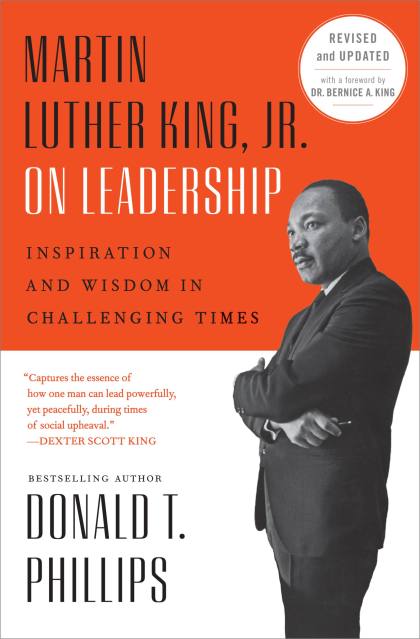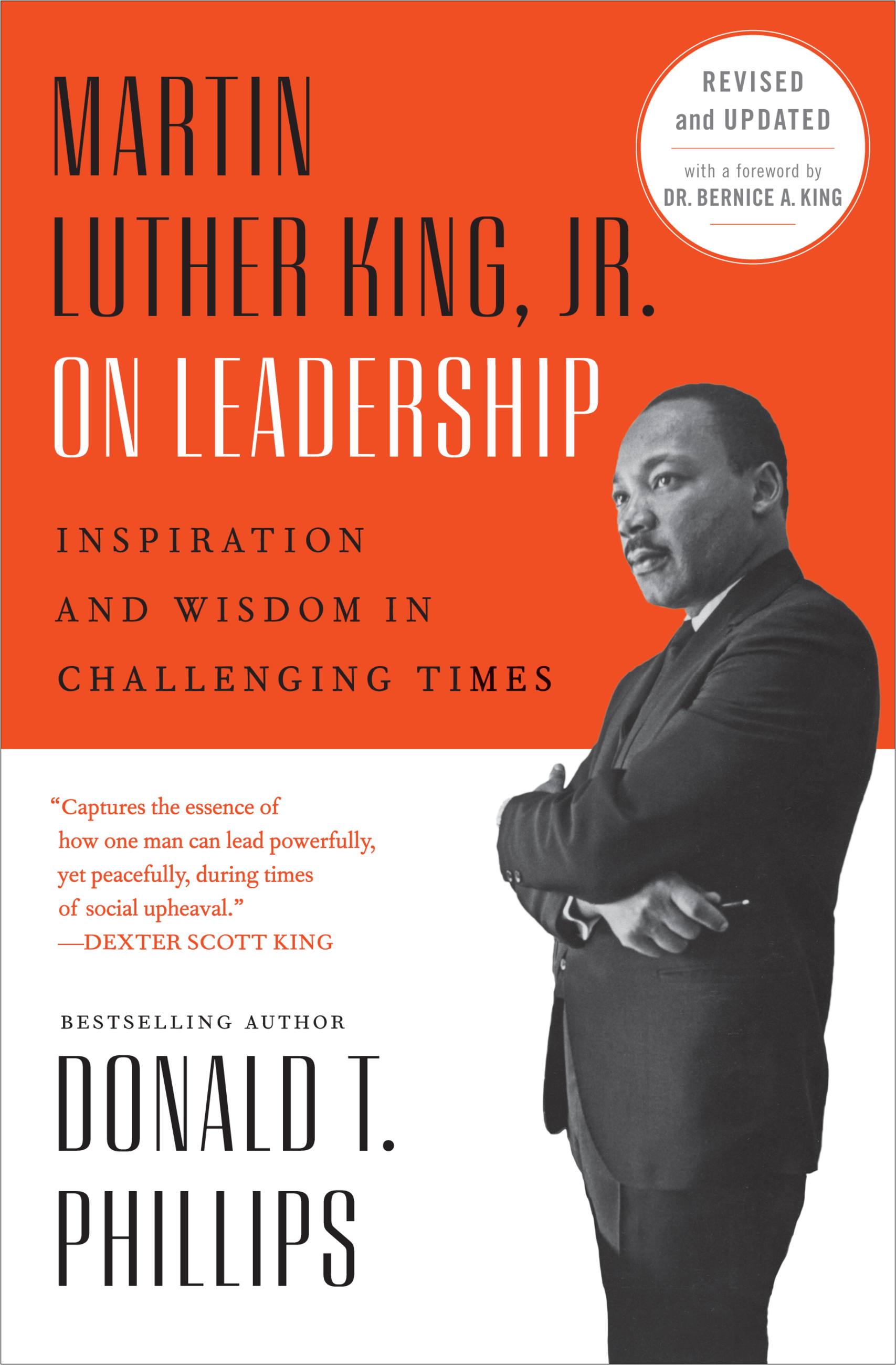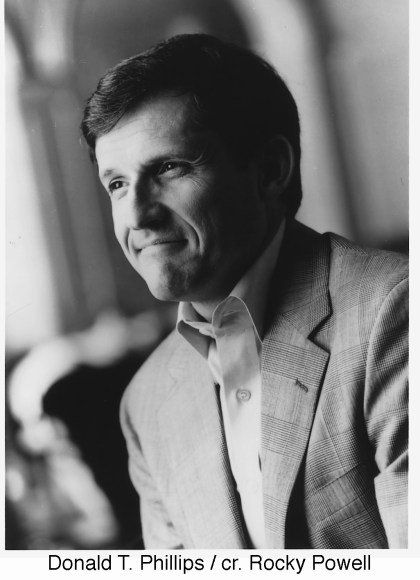Promotion
Use code MOM24 for 20% off site wide + free shipping over $45
Martin Luther King, Jr., on Leadership
Inspiration and Wisdom for Challenging Times
Contributors
Formats and Prices
Price
$7.99Price
$9.99 CADFormat
Format:
This item is a preorder. Your payment method will be charged immediately, and the product is expected to ship on or around January 1, 2001. This date is subject to change due to shipping delays beyond our control.
Also available from:
Martin Luther King Jr. is known for famous speeches such as I Have a Dream, and his ability to inspire the people of the United States to demand equality, regardless of the color of their skin. His ability to lead has cemented himself as one of America's greatest civil rights advocates.
And in today's world, his wisdom and teachings are needed more than ever. Martin Luther King Jr., On Leadership chronicles the actions of Martin Luther King Jr.'s life and identifies the key leadership skills he displayed such as:
Practice what you preach
Take direct action without waiting for other agencies to act
Give credit where credit is due
Laws only declare rights, they do not deliver them
And much more . . .
This book is part history and part guide to becoming a great leader, inspired by Martin Luther King Jr., an advocate to peaceful change while never wavering in making the opposition listen and give in.
Genre:
- On Sale
- Jan 1, 2001
- Page Count
- 384 pages
- Publisher
- Grand Central Publishing
- ISBN-13
- 9780759521094
Newsletter Signup
By clicking ‘Sign Up,’ I acknowledge that I have read and agree to Hachette Book Group’s Privacy Policy and Terms of Use







